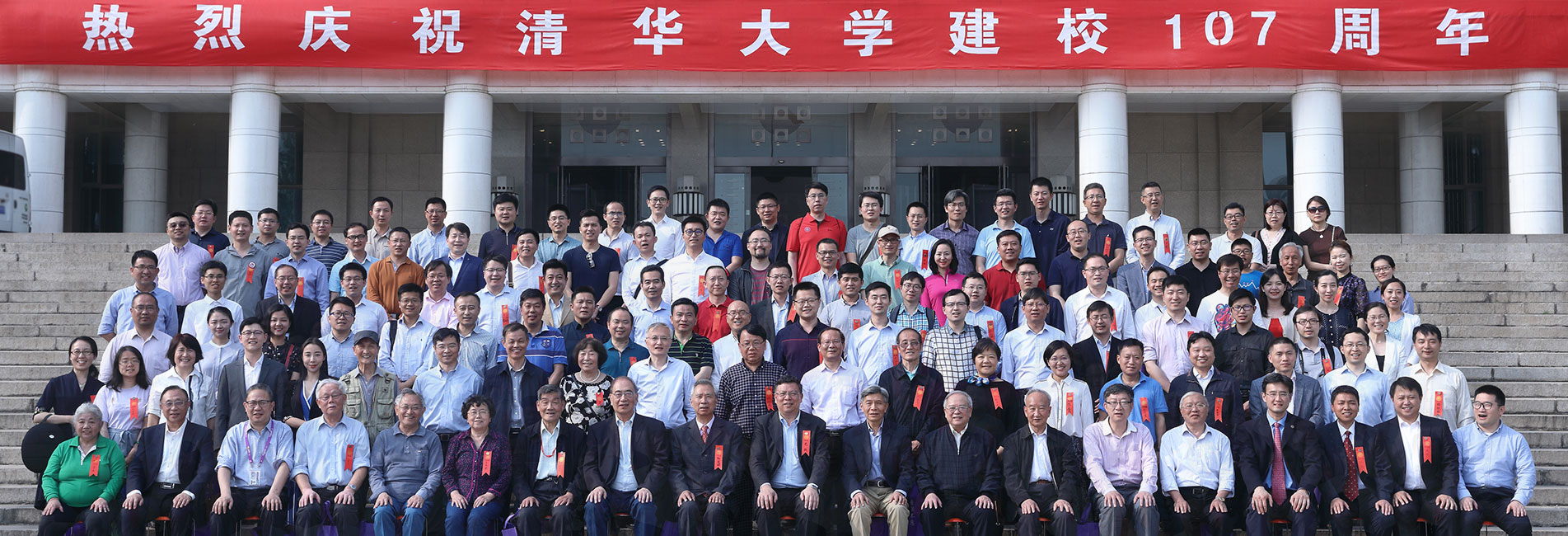Overview:
The laboratory explores the frontier of laser and photonic technology at an international scope, and endeavors to develop the scientific research and technological application in this field. It undertakes a series of important projects including the "973" National Basic Research Program of China, High Technology Development Program (863 Project), National Innovation Project, major key-technology project, research on specialized model sets and international cooperation, etc. The laboratory is sufficiently equipped with well-conditioned hardware, including 200m2 clean room, and complete sets of advanced laser instruments and equipments.
Faculty:
The laboratory now has 7 faculty members:
professors:Mali Gong, Ping Yan, Qiang Liu
associate professors:Haitao Zhang, Lei Huang, Wei Wang
assistant professors:Huan Liu
It has offered degrees to 4 postdocs, 29 doctors, 40 masters, and now has 16 PhD students and 3 master students.
Research Topics:
1. Solid-state laser technology
We develop the studies on high beam quality diode-pumped lasers with kilowatt to myriawatt level average power and 10~100 Joules order pulse energy, aiming at modern industry and government market such as automotive industry, aerospace industry and shipping industry. The studies include the beam shaping of the large area and high power LDA (Laser-Diode-Array), thermo-optic effect analysis, high efficient cooling and thermal control, novel oscillator design, thermal effect phase conjugate compensation, and so on.
We also develop the studies on variable compact miniature and high repetition rate solid lasers, such as micro-wafer lasers, compact solid laser with pulsed or CW output and high repetition rate Q-switched laser, which are applied to precision instrument or device.
For electronic industry and biomedicine applications, we research on the lasers with new wavelengths, using the techniques of nonlinear frequency translation, sum frequency and difference frequency, laser optical parametric oscillation (OPO), intermediate/far infrared solid laser technique and multi-wavelength laser technique.
2. Fiber laser technology
Fiber laser is a new generation of solid-state laser device. Fiber laser uses thin doped fiber as the laser medium. It has the advantages of high efficiency, excellent beam quality, high reliability, convenient assembly and low maintenance costs. It has high value in the applications in material processing, automobile manufacturing, laser medical treatment, and military. The fiber laser research group of Tsinghua University has achieved internationally advanced levels of achievements in the design of new large ground mode area fiber, theory of large mode area fiber and fiber output capacity study. It has breakthroughs in a number of key technologies including high power fiber pumping coupler, low loss large mode area fiber fusion, high efficiency fiber amplification extraction, power scaling, fiber damage proof and thermal management, having realized a variety of devices including high power continuous-wave fiber laser with all fiber structure and modularized system, high energy and high peak power fiber laser and ultraviolet fiber laser.
At present, the group endeavors in the following research field: system integration technique of high power continuous wave NIR fiber laser technology, MW to 10MW(@10ns) high peak power pulsed fiber laser, ultraviolet pulsed fiber laser and high repetition rate and high peak power miniature short pulse-width slab laser with the repetition of 100kHz to MHz; core element technologies such as high power fiber laser beam combining, high power isolation, high efficiency pumping coupling, mode matching, low loss fiber fusion ,etc.
3. Active optics technology
Active optics is one of the core technologies of modern high precision large laser and optoelectronic system. It is one of the main subject directions of optical engineering. Its main purpose is to realize the optical phase correction and control of optoelectronic and laser systems by high precision fine mechanics and control. After striving to make technological breakthrough for nearly five years, the center has made active optics with laser wavefront active control technology at the core become one of its important research fields.
4. Laser detection technology
The laser detection technology is one of the core and key technologies of optical and electrical systems to solve the high-precision detection, measurement and control. The research work is carried out around novel laser detection and optical signal processing, which mainly includes correlation detection, characteristics identification detection, coherent heterodyne detection, weak signal processing and multi-dimensional information integration.
Courses:
The laboratory has offered 5 courses.
Graduate courses include:
Undergraduate courses include:
Design practice of precision instruments,
Introduction to solid-state photo-electronic technology,
Micro-structured photo-electronics.
Main Achievements:
In the past three years, the laboratory has achieved appraisal of four research projects, published more than 100 scientific papers including 40 indexed by SCI, and is in possession of 18 national patents.
International cooperation:
Center for Photonics and Electronics has established long-term cooperation with Hitachi Via Mechanics, Ltd. The Tsinghua-Hitachi Via Laboratory was officially founded in February, 2005. Exchange visits and academic conferences are frequently arranged between the laboratory and foreign scholars.

Advanced laser testing instrument
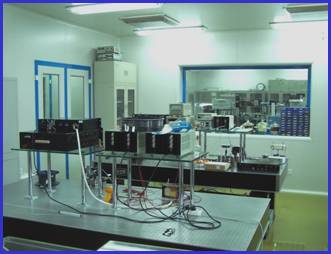
Clean rooms

kW diode-pumped Yb:YAG laser
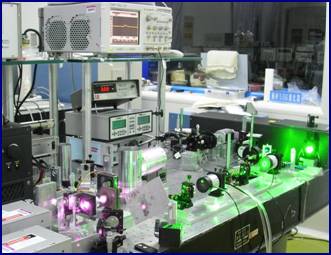
Frequency conversion fiber laser experiment
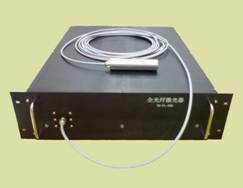
All-fiber high-power continuous-wave laser

Exchange visit to Japan
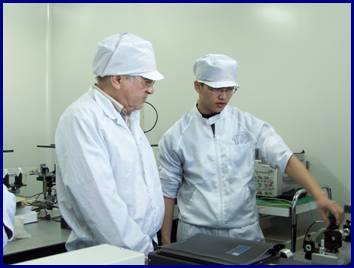
Visit of foreign experts
